Retro Replay Review
Gameplay
The Untouchables offers a diverse array of gameplay styles that keep each of the five missions feeling fresh. From an over-the-shoulder third-person shotgun blast in a dimly lit alley to a classic 2D side-scroller where you dodge fire and collect counterfeiting plates, the title wears its experimental nature on its sleeve. Each assignment is under a strict time limit, ramping up the tension and forcing players to balance speed with precision. While some may find the clock a thrilling pressure test, others might feel it cuts into exploration or mastery of the controls.
Switching perspectives so frequently can be both a blessing and a curse. The dockside shoot-’em-up mission tasks you with strafing gangsters using a tommy gun in true run-and-gun fashion, while the courthouse stage switches to a top-down view that requires a more strategic approach as you rescue hostages and fend off waves of bad guys. This shifting viewpoint demands that players quickly recalibrate their spatial awareness, which keeps sessions engaging but occasionally leads to steep difficulty spikes—particularly if you’ve just adjusted from a fast-paced side-scroll to the methodical pace of the top-down shooter.
The final showdown atop Chicago rooftops transitions into a first-person perspective, pitching you directly against Al Capone himself. Here, the game’s mechanics feel at their rawest: no cover system, limited ammo and a ticking clock add to the authenticity of a Prohibition-era gunfight. While veteran FPS fans might wince at the lack of modern aiming assists, purists will appreciate the unfiltered intensity. Overall, the gameplay’s variety is its strongest asset, though at times the rapid genre changes can unsettle newcomers looking for a uniform experience.
Graphics
Visually, The Untouchables channels a gritty 1930s aesthetic that’s most evident in the game’s muted color palette and grainy textures. Character sprites are reasonably detailed given the hardware constraints of its era, capturing the sharp suits and fedoras of lawmen and mobsters alike. Backgrounds are evocative—whether it’s the graffiti-tagged alleys or the shadowy warehouses—and lend a palpable sense of place even when sprite animation remains a bit stiff.
Each mission’s unique perspective influences the visual presentation significantly. The 2D side-scroll levels sport crisp, hand-drawn environments that pop against darker silhouettes of enemies, making it easy to distinguish pickups like counterfeiting plates. In contrast, the third-person alleyway stage relies heavily on shadow play and simple geometry, which occasionally makes depth perception challenging when trying to hit targets on balconies or in upper windows. The first-person rooftop duel, though basic by today’s standards, impresses through its dynamic skyline and occasional weather effects that enhance the immersion.
Cutscenes between missions are delivered via vintage newspaper headlines and static illustrations, reinforcing the period vibe without overtaxing the system. While there’s no flashy CGI or voice acting, the sepia-toned print and bold headlines do a remarkable job of conveying success or failure—and they fit neatly into the game’s thematic focus on press coverage and public perception. Overall, the graphics serve the gameplay well, offering enough visual flair to engage players while maintaining a cohesive, retro-inspired style.
Story
Rather than unfolding through lengthy dialogue or cinematic cutscenes, the narrative of The Untouchables is told between missions via old-time newspapers. After each assignment, a lead story either lauds your success or lambastes your setbacks, complete with period-appropriate headlines and sensational prose. This approach pays homage to the tabloid reporting of the 1930s and casts players in the role of law enforcement under the public microscope.
The link to the 1993 remake of the original 1960s series starring Robert Stack is more than cosmetic; you’ll feel like you’re stepping into an episode of that show. While you don’t experience full character arcs or personal motivations directly, the episodic structure offers bite-sized bursts of crime-fighting drama. The newspapers function as both scorecards and story beats, gradually painting a larger picture of Eliot Ness’s struggle against Al Capone’s empire without resorting to expository dialogue.
This minimalist narrative design keeps the focus squarely on action, yet still delivers a sense of progression and stakes. By the time you reach the final rooftop encounter with Capone, the accumulation of newspaper headlines and front‐page spreads has built enough narrative tension to make the boss fight feel like a climactic end to a hard-fought campaign. It’s a storytelling method that may strike some as simplistic, but it works surprisingly well for a game that’s primarily interested in delivering varied, time-sensitive missions.
Overall Experience
The Untouchables stands out for its ambitious blending of genres and periods, challenging players to adapt to ever-shifting scenarios under the constant pressure of a ticking clock. Its homage to 1930s style—from old-school newspaper cutscenes to smoky back alleys—creates a cohesive atmosphere that fans of gangster lore will appreciate. At the same time, the rapid-fire mission variety ensures that no two levels feel the same, keeping the experience from growing stale.
However, this very diversity can become a double-edged sword. The lack of mechanical consistency between perspectives means that each mission almost feels like a standalone mini-game. Players hoping for a smooth learning curve may find themselves mastering one style only to be thrown into a completely different playset moments later. The difficulty can also fluctuate unpredictably, particularly if you’re unprepared for the sudden shift from side-scroll to first-person precision shooting.
Ultimately, The Untouchables is best suited for gamers who enjoy arcade-style thrills, historical flair, and don’t mind a bit of trial-and-error learning. Its unique presentation and nostalgic nods to the Robert Stack television revival give it a distinct identity among other adaptations of the franchise. If you’re seeking a brisk, action-packed romp through 1930s Chicago with varied gameplay and an old-time journalist’s touch, this title delivers a memorable—and occasionally maddening—ride.
 Retro Replay Retro Replay gaming reviews, news, emulation, geek stuff and more!
Retro Replay Retro Replay gaming reviews, news, emulation, geek stuff and more!
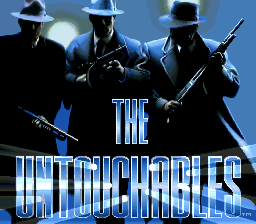
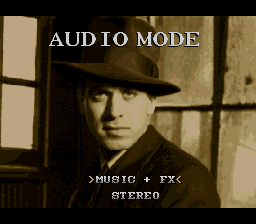
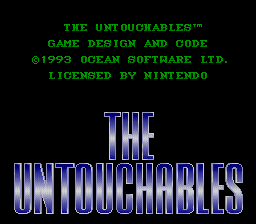
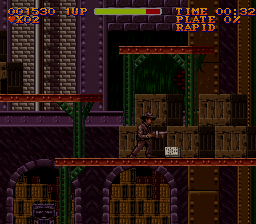
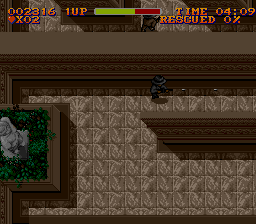
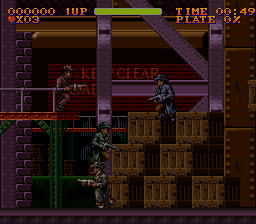
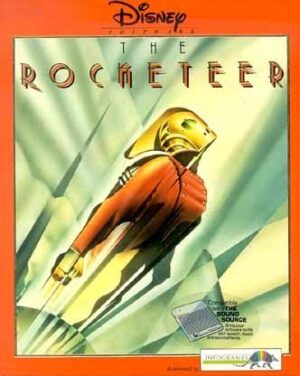


Reviews
There are no reviews yet.